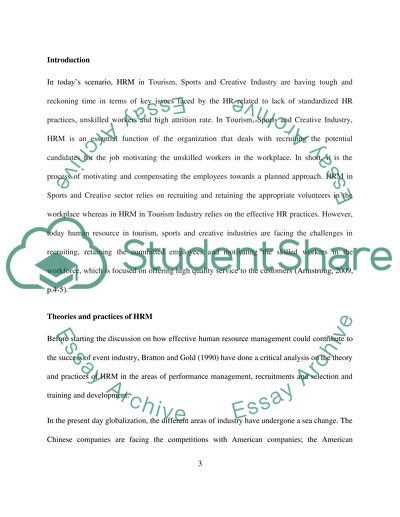Cite this document
(“Human Resource Management for Tourism, Sports and Creative Industries Essay”, n.d.)
Human Resource Management for Tourism, Sports and Creative Industries Essay. Retrieved from https://studentshare.org/miscellaneous/1596137-human-resource-management-for-tourism-sports-and-creative-industries
Human Resource Management for Tourism, Sports and Creative Industries Essay. Retrieved from https://studentshare.org/miscellaneous/1596137-human-resource-management-for-tourism-sports-and-creative-industries
(Human Resource Management for Tourism, Sports and Creative Industries Essay)
Human Resource Management for Tourism, Sports and Creative Industries Essay. https://studentshare.org/miscellaneous/1596137-human-resource-management-for-tourism-sports-and-creative-industries.
Human Resource Management for Tourism, Sports and Creative Industries Essay. https://studentshare.org/miscellaneous/1596137-human-resource-management-for-tourism-sports-and-creative-industries.
“Human Resource Management for Tourism, Sports and Creative Industries Essay”, n.d. https://studentshare.org/miscellaneous/1596137-human-resource-management-for-tourism-sports-and-creative-industries.


